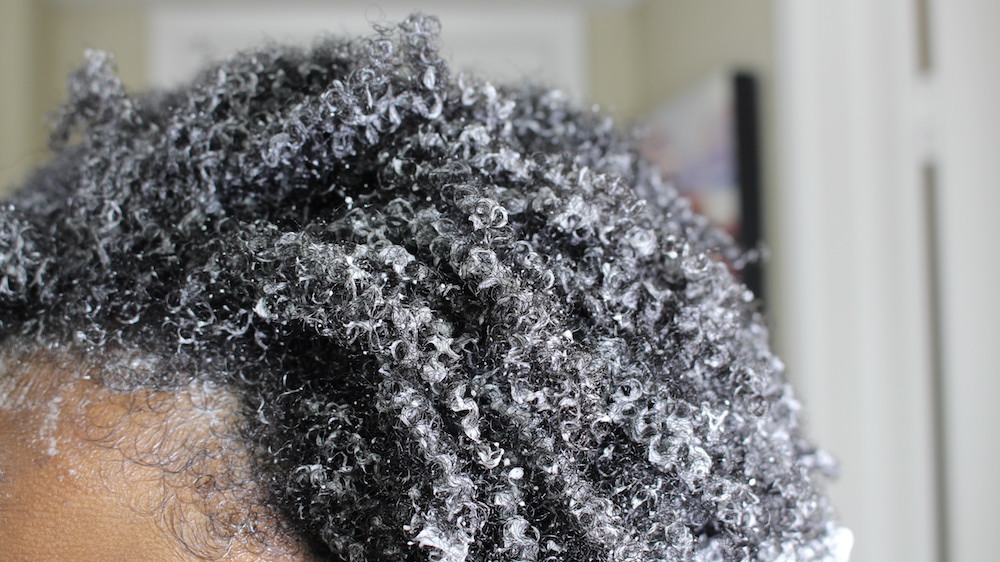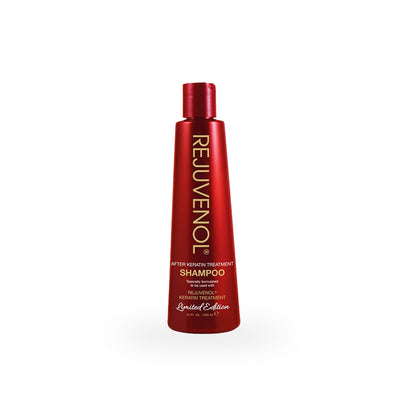Does Hair Porosity Matter?
Do you know what the porosity of your hair is? It is much more important when you think. When choosing products to use whether it be shampoo, conditioner, or any styling product you should always take the porosity of your hair into account. Using the wrong products can actually be extremely damaging to your hair and you may not get everything that you can out of your hairstyling products. In plain terms, the porosity of your hair is how porous (or how quick it absorbs and retains moisture) when products are applied and it all has to do with the cuticle (the outside layer) of your hair. There are three levels of porosity, Low Porosity, Balance Porosity, and High Porosity. As your hair fibers age, your hair cuticle begins to unravel exposing the hair cortex underneath which exposes the hair to environmental stresses.
So let's get into the nitty-gritty and learn about the three different levels of hair porosity.

Low Porosity: This type of hair tends to be very dry, but also may be very healthy and shiny. This is because the cuticle is clamped tightly down preventing moisture from entering the hair. Low porosity hair repels moisture and products which can cause a lot of buildup on the hair follicles. The type of hair is often very hard to process because it resists penetration of chemicals. This type of hair is prone to build up from protein-rich deep conditioning products, so when styling, stick to protein-free daily conditioners that contain humectants such as glycerin. You should also typically use moisturizers rich in emollients like shea butter, jojoba oil, and mineral oil.

Balanced Porosity: This type of porosity is typically the best and easiest to manage. It contains a delicate balance of low and high porosity. It can hold moisture for an extended period of time, so it will hold styles longer and accept color better. The cuticle layer of this type of hair is often looser which allows the right amount of moisture without letting too much escape. This type of hair is typically healthy, bouncy, and resilient. When looking for products, look for moisturizing shampoos and conditioners, and thicker water based leave in conditioners. This will help to keep this balanced porosity as balanced as possible.

High Porosity: this type of hair tends to be very damaged with raised cuticles. This allows moisture to go in and out quickly and is characterized as someone who has frizzy, straw-like hair. This can either be just the property of your hair or as a result of too much chemical processing or rough treatment. This type of hair usually has gaps in the cuticle making the hair very prone to frizzing. When looking for products for high porosity hair, use a moisturizing shampoo and conditioner that has hydrolyzed protein that can be absorbed by the hair strand. Use a protein-based hair mask twice weekly. Use a thick water-based leave-in conditioner when going to humid environments or in the rain.

So now that you know the different types of hair porosity, why do you think it is important? The reason why is because depending on your type of hair you want to make sure that you are using the right products to not damage your hair or cause excess buildup. This is why it is so important to know the porosity level of your hair, and we have a few ways that you can test the porosity of your hair.
The Float Test: Get a bowl of water and drop a couple of strands from your hairbrush into the bowl. Let them sit for 2-4 minutes. If your hair floats that means that you have low porosity if it sinks that means that you have high porosity.

The Slip n Slide Test: Take a strand of your hair and slide your fingers up the hair shaft (towards your scalp), if you feel bumps along the way that means your cuticle is open and you have high porosity, if it is smooth that means you have low porosity hair and your cuticle is closed.
Knowing your hair porosity should only aid your hair, not cause you any stress. If you notice that certain products may be damaging your hair or causing too much build up, then chances are you are using the wrong types of products for your hair type. Pay close attention to how your hair reacts to the products you use and how the hair responds to the outside environment. Understanding more about the makeup of your hair, and the porosity levels can actually help you to create much healthier hair over time. Now get out there, and do the tests and let us know what kind of porosity your hair has in the comments below.















Leave a comment